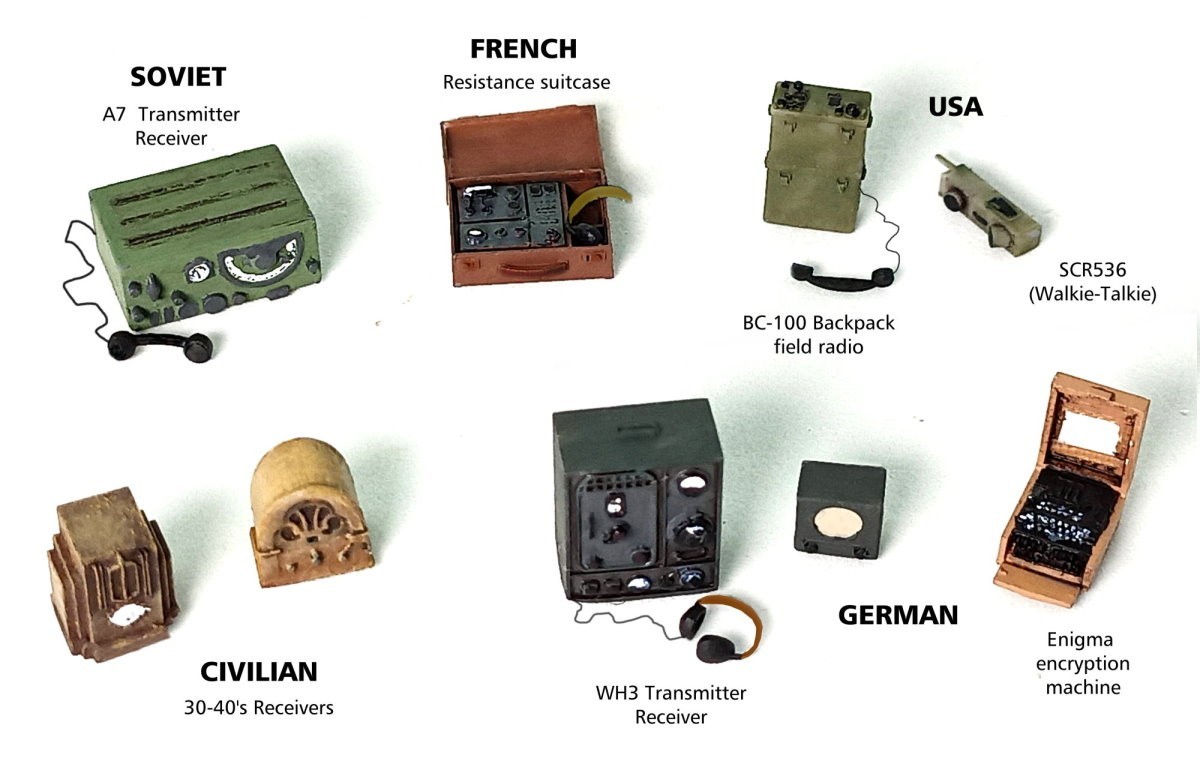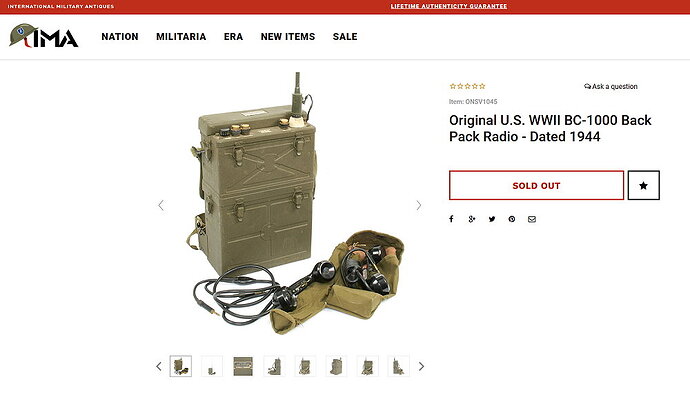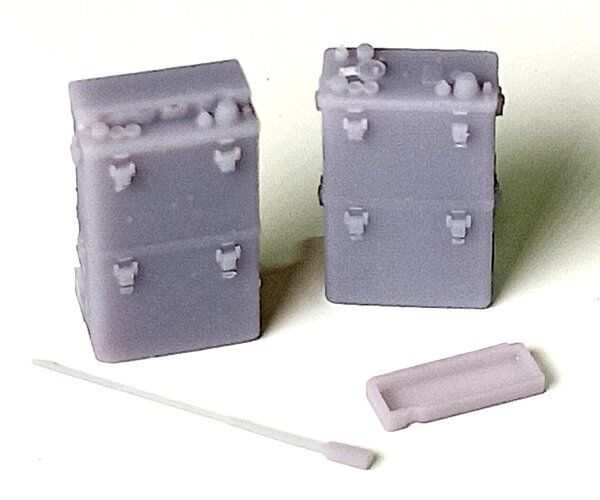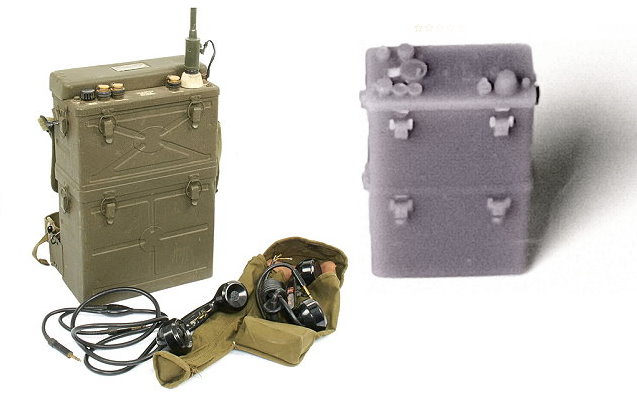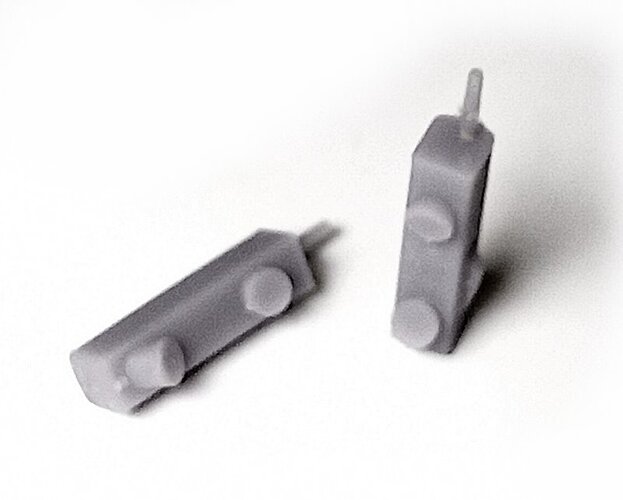The technical manual for the SCR-300 radio set is easily found, if the correct designation is used to search for it. Here’s just one of many such sources:
Technical Manual TM 11-242 Radio Set SCR-300-A
The radio set as depicted by the 3D model is the SCR-300.
BC-1000 only refers to the transmitter-receiver component of the radio, not to the set as a whole. The data plate on the top of the BC-1000 only identifies that single component of the entire radio set. Some WWII era US radio sets are composed of many such “basic components,” while others are not. However, in no instance does the “basic component” (BC) designation refer to the entire radio set.
For example, the BC-1000 transmitter-receiver is also a component of the VRC-3 radio set which was installed in the US M4 medium tank, the M5 light tank, and the M24 light tank. (With appropriate modifications, the VRC-3 or the SCR-300, could be installed in other vehicles, too.)
I’ll leave to anyone interested to make their own assessment of the accuracy of the 3D printed model of the SCR-300.
I must say, as a matter of correction, that I did not see the rear top cover nor the short whip antenna, AN-130-A, in the original product photo. Their inclusion is certainly a plus.
The other US radio, the SCR-536 is also readily and easily researched, to include finding the technical manual. Here you’re looking for TM 11-235 Radio Sets SCR-536-A, -B, -C, -D, -E and -F.
Technical Manual SCR-536-(*)
Again, anyone interested can compare the 3D model to the information contained in the technical manual.
For anyone interested, the SCR-536 was called the “Handie Talkie” and not the “Walkie Talkie.” “Walkie Talkie” was used to refer to the SCR-300 radio set. These names were not “official” US Signal Corps nomenclatures, but the original manufacturer, Galvin (Motorola) did use both names in their own product correspondence and their contemporary company advertising.
Because these US radio sets are so easy to research, and in the absence of any other credible information, my concerns about the accuracy of the other items contained in this set remain unchanged.
